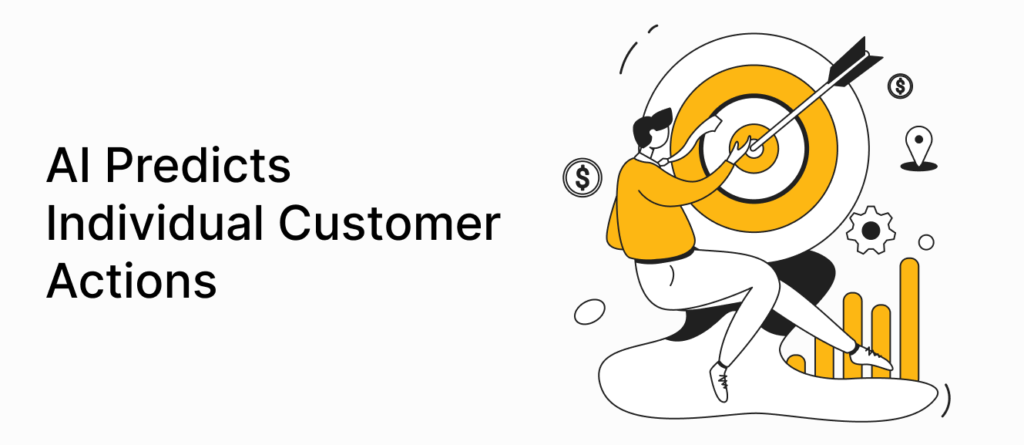Exploring the dynamic landscape of digital marketing, we’ve gathered insights from Directors of Marketing and CEOs to understand the evolution of audience segmentation over the past decade. From AI predicting individual customer actions to the change of intent driving segmentation, here are four expert perspectives on the significant changes that have shaped audience segmentation from 2020 to 2024.
AI Predicts Individual Customer Actions
From 2020 to 2024, audience segmentation in digital marketing has undergone a major transformation, especially within e-commerce and DTC marketing. One significant evolution is the integration of AI-driven predictive analytics for hyper-personalization.
In 2020, segmentation was mostly about looking at historical data to create static customer groups. Personalization was often rule-based and somewhat generic, akin to fitting everyone into predefined categories. Marketers relied on batch processing, updating customer segments periodically, which often resulted in missed opportunities for timely engagement.

By 2024, the game has changed with the advent of sophisticated AI and real-time predictive analytics. Now, instead of static segments, we have dynamic and highly personalized segments that adjust in real time. This means AI can analyze vast amounts of data from various touch points—like browsing history, social media interactions, and purchase behavior—and predict individual customer actions with impressive accuracy.
The real-time aspect of data processing is a game-changer. AI now enables marketers to respond instantly to customer behavior. For instance, if a customer shows interest in a particular product category, AI can immediately personalize their experience, recommending related products or sending timely offers through their preferred channels.
Predictive analytics have also become far more advanced. While early models focused on simple predictions like purchase likelihood, today’s AI can forecast a wide array of behaviors. It can determine what content a customer might prefer, the best times to engage them, and even anticipate future interests. This leads to a level of personalization where each customer is treated as a unique segment of one.
Piper Martz, Senior eCommerce Marketing Manager, Epic Gardening
Identifying Business-Relevant Audience Segments
One of the most impactful and very recent trends is to look for opportunities within specific segments.
That doesn’t mean using a generic keyword cluster or an intent classification tool.
It means identifying specific business-relevant segments and determining where the audience is.
This level of audience and market intelligence has been attainable for a while but is only now really being exploited in the appropriate way.
Trevor Stolber, Co-Founder, CTO, VibeLogic
Nuanced Psychographic and Behavioral Targeting
One major shift we’ve seen in audience segmentation from 2020 to 2024 is the transition from broad demographic targeting to more nuanced psychographic and behavioral targeting. In the past, we mainly focused on basic demographic information like age, gender, and income. However, with advancements in data analytics and machine learning, we’ve moved towards understanding the deeper motivations and behaviors of our audience.
For example, instead of just targeting potential condo buyers based on their age and income, we now look at their online behaviors, interests, and even lifestyle choices. This means we can create highly personalized marketing campaigns that resonate more effectively with specific segments. If someone frequently visits websites related to interior design and home improvement, we can infer they might be interested in upscale, customizable condos. This kind of targeting has improved our ability to reach the right audience with the right message at the right time, ultimately leading to better engagement and higher conversion rates.
Samantha Odo, Real Estate Sales Representative & Montreal Division Manager, Precondo
Change to Intent Driving Segmentation
In my ten years at Silverstone Technologies, I’ve seen a dramatic shift in how we approach audience segmentation in digital marketing. Back in 2020, demographics like age, income, and location were the cornerstones. We’d build buyer personas based on these factors, but it felt one-dimensional. Fast forward to today, it’s all about intent.
Adil Farooq, CEO, Silverstone Technologies





























